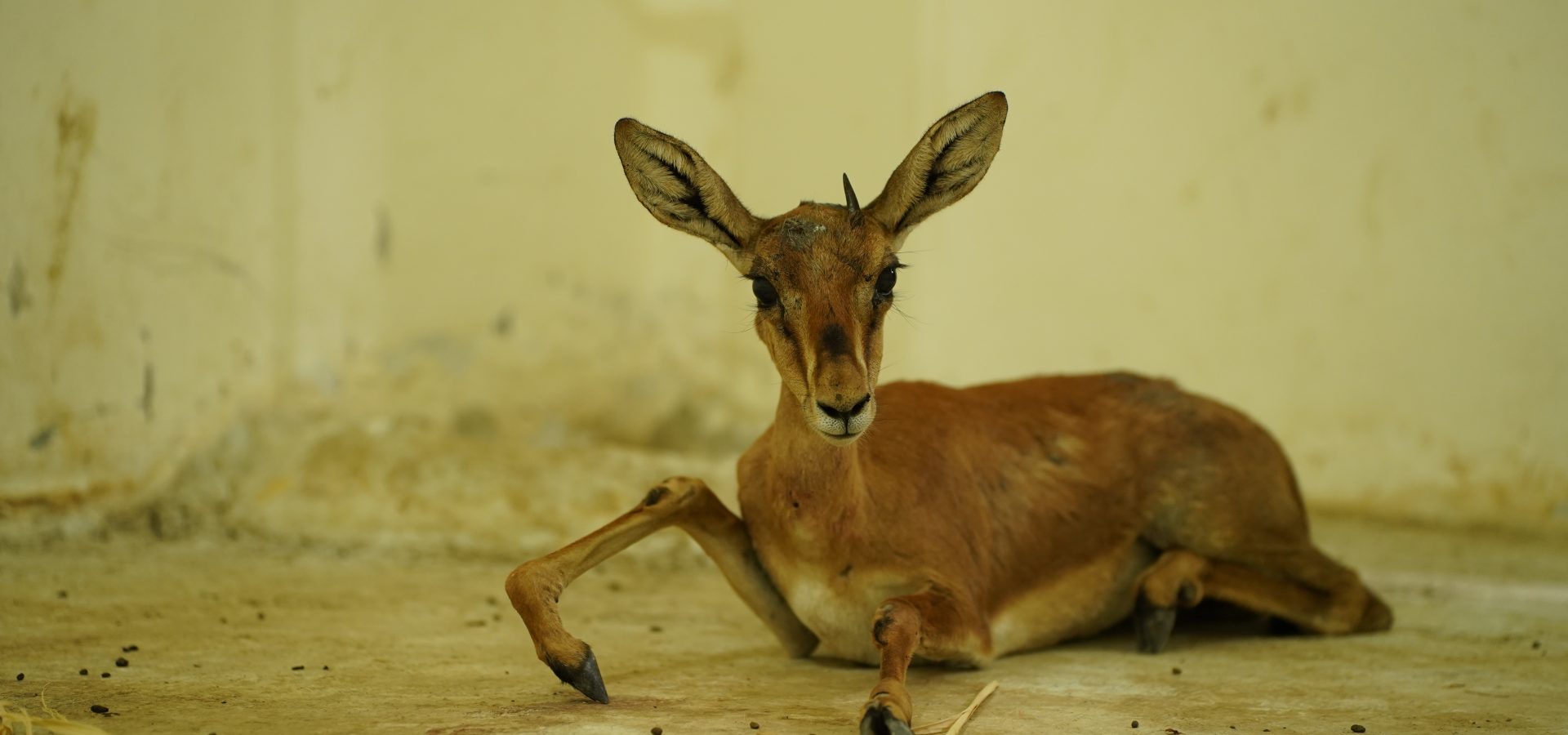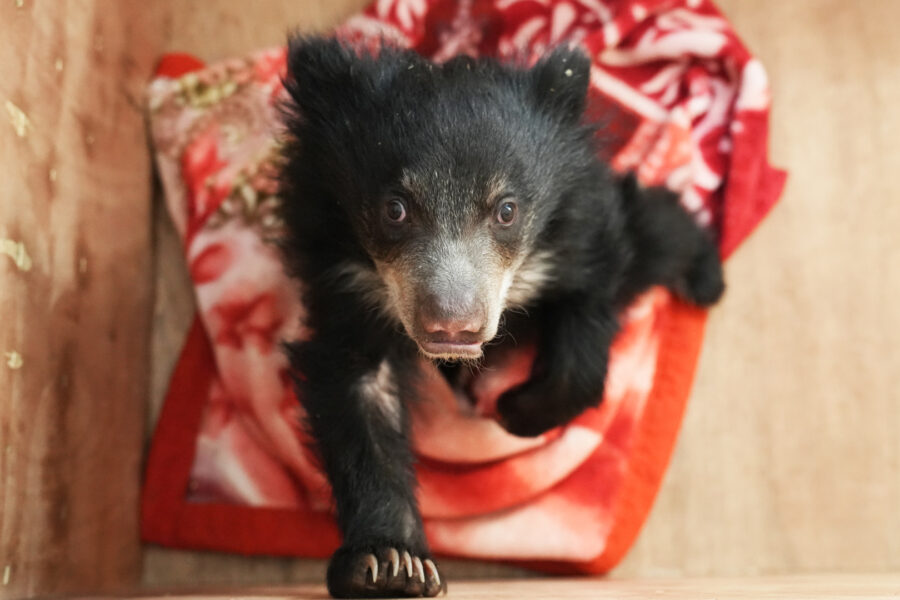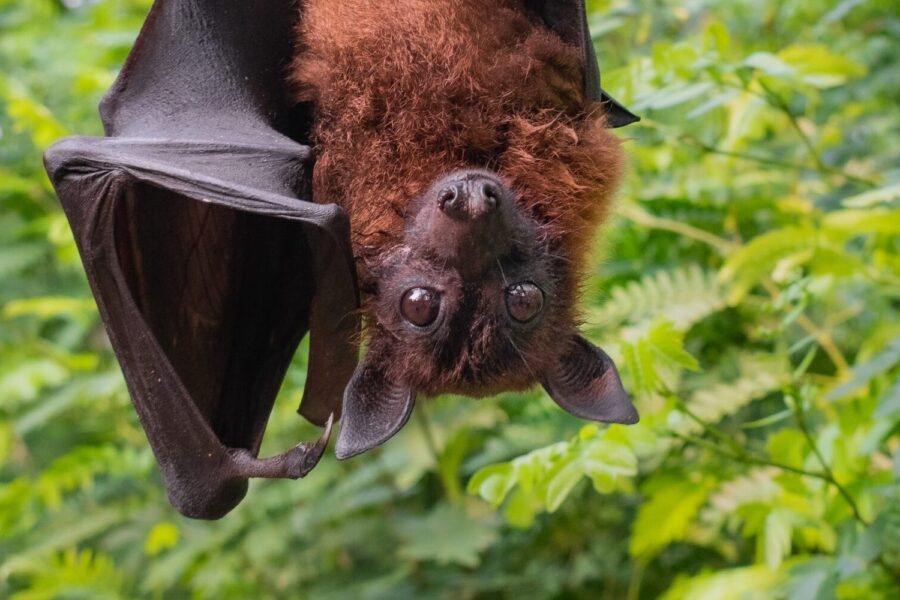In the month of May, the team at the Wildlife SOS Manikdoh Leopard Rescue Centre (MLRC) in Maharashtra undertook several rescue and treatment missions of injured animals. Through their efforts, these animals were given a second chance at life in their natural habitats. Here, we highlight the challenging yet successful rescues of a langur, chinkara, jackal, and leopard from distress.
Langur’s Healing Journey
On May 27th, a local villager spotted something unusual lying motionless on the roadside. Intrigued, he stopped his bicycle and cautiously approached the scene. To his surprise, he found a gray langur lying there. The concerned man immediately called the Maharashtra Forest Department.
The forest department staff knew they needed to act swiftly, for time was of the essence. When the news of the langur’s plight reached the MLRC team, it promptly set off to assist the injured animal.
The langur was brought to MLRC, where a team of veterinarians carefully assessed its condition. The vets estimated the langur to be 16 to 17 years old and noted signs of weakness and exhaustion. A comprehensive treatment plan was therefore formulated to aid the langur. Along with administered medications, the langur was provided with nourishing meals and a peaceful environment to ensure his recovery. Slowly but surely, the langur showed signs of improvement in his health.
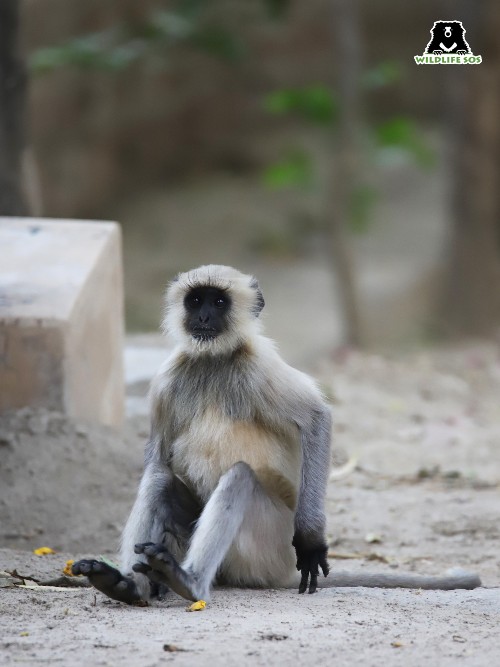
The langur underwent a positive transformation within one week of its arrival at the centre; he had reclaimed his original zest for life! Once the vet team declared him fit, the langur was carefully released back into its natural habitat.
Chinkara’s Courageous Fight
From within the heart of Belhe village, a call for help reached the attentive ears of the forest department. News had spread that an Indian gazelle, known as a chinkara, had become a victim to a pack of feral dogs and was in desperate need of assistance. Sensing urgency, the forest department rushed to the scene. The unfortunate incident had left the nine-month-old female chinkara severely injured and in desperate need of medical aid. The wounded gazelle was hurriedly transported to the Manikdoh Leopard Rescue Centre.
At the centre, the injured animal was received by a four-member team of veterinary doctors from Wildlife SOS. They worked tirelessly to provide the delicate gazelle with the comprehensive medical care she needed. Soon, she was nurtured back to health with the vets giving a green signal on her recovery. The fit chinkara was then released back into the wild.
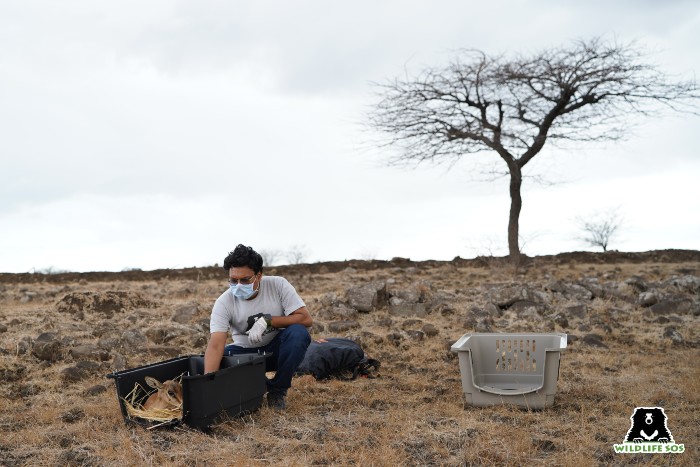
Jackal’s Timely Rescue
In the village of Waghule, word of a golden jackal that had fallen into a dry open well spread like wildfire. The rescue team instantly headed to Waghule to tend to the trapped jackal.
As soon as the MLRC team arrived at the spot, they were met with a crowd of eager villagers that had united to assist the trapped jackal. A plan had to be devised to safely retrieve the stranded animal. Equipped with specialised gear, the team approached the open well with caution.
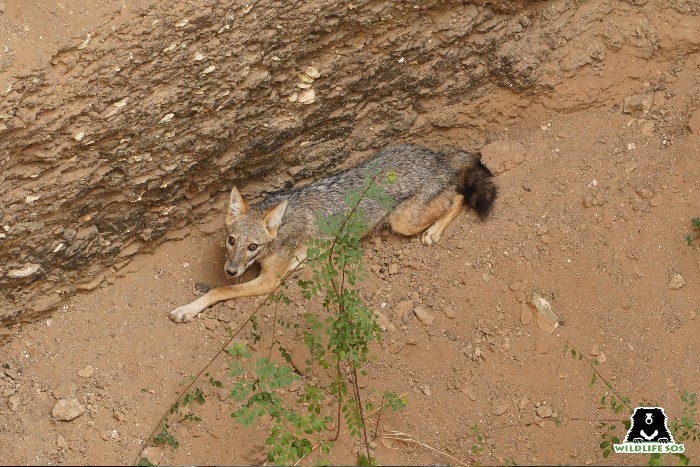
A sturdy rescue net was lowered into the well, and one of the members of the rescue team carefully extended it towards the jackal. Just when the golden jackal got hold of the net, the MLRC team pulled up the jackal from the well carefully, ensuring its safety and well-being.
The jackal displayed no visible injuries or signs of lameness. It was a tough rescue operation that took three hours to complete. After an overall examination, the jackal was declared fit for release.
Leopard’s Unfortunate Fall
In the outskirts of Nimgaon Sava, a male leopard, approximately 10 years old, was found trapped in a 30-ft-deep open well. The MLRC rescue team and officials from the forest department rushed to the well’s location, knowing that every passing moment was crucial for the leopard’s survival.
With calculated precision, a trap cage was meticulously lowered into the well. Once the injured animal entered the cage, it was immediately brought up from the well. This long rescue operation lasted for almost five hours.
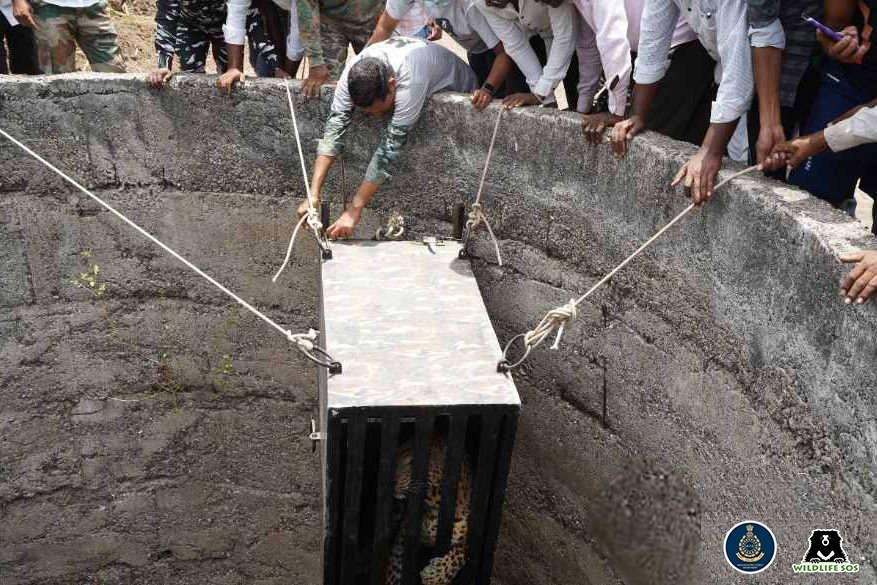
Upon examination, the leopard was found with superficial scratches on its body. The Wildlife SOS veterinarians at MLRC tended to these wounds, and a few days later, the injuries showed signs of healing well. When the leopard was declared fit, the MLRC team handed over the leopard to the forest department for its release.
Human settlements are rising in the proximity of forested areas in Maharashtra, and this has led to a new threat for wild animals: open wells. As these wells cannot be easily discerned, they act as open traps for animals that fall into them while charging or foraging. Wildlife SOS has carried out many rescues of leopards and other animals that accidentally fell into open wells. The open wells in Pune, Maharashtra are of particular danger to leopards and other vulnerable species, we have a petition as a preventive measure that you all can sign in order to stop it considerably.
It is important to note that timely alerts by observant locals are what led to the rescues of injured animals that were caught in situations of distress. We encourage you to immediately alert the Wildlife SOS team on these 24×7 helplines if you spot a wild animal in need of aid:
Delhi-NCR – +91 9871963535
Agra, Uttar Pradesh – +91 9917109666
Vadodara, Gujarat – +91 9825011117
Jammu and Kashmir – +91 7006692300, +91 9419778280

